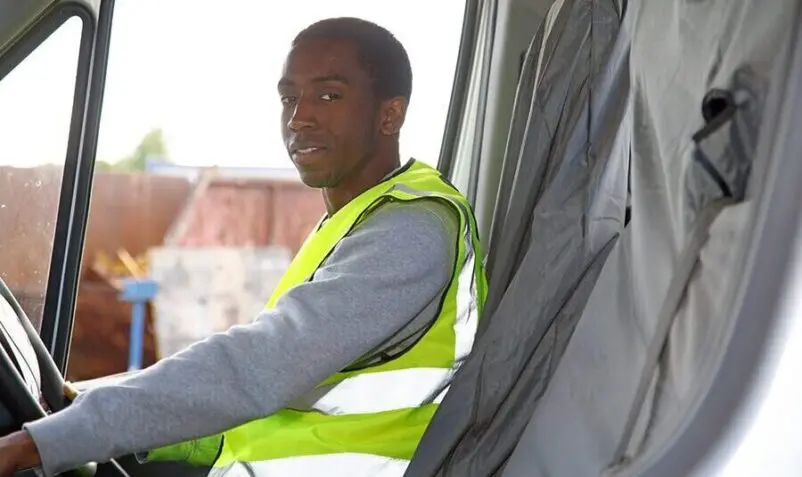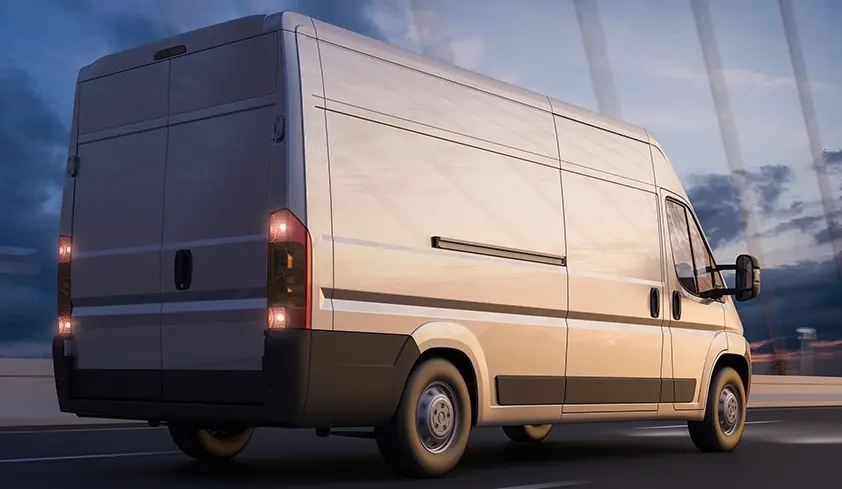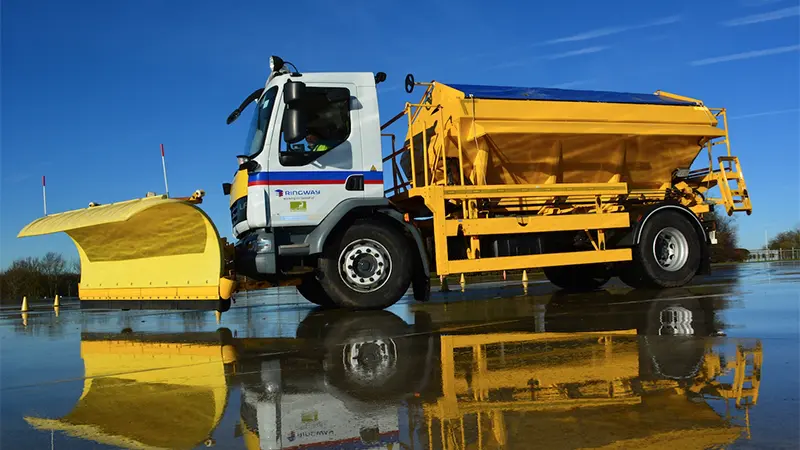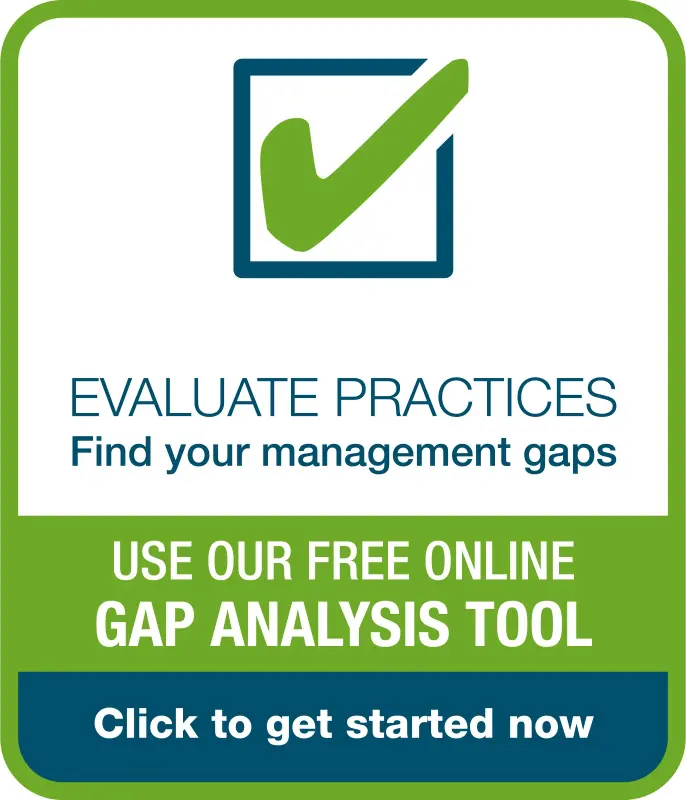
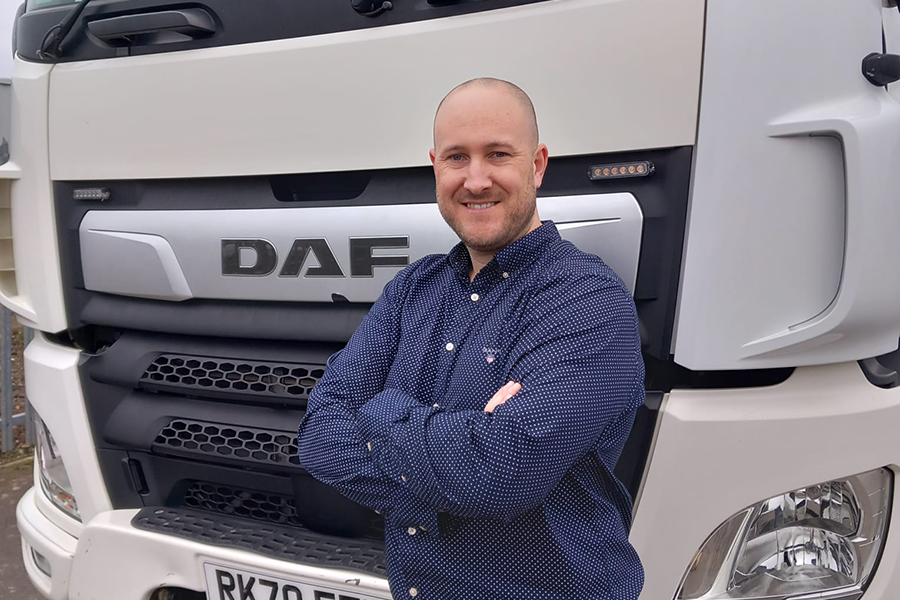
Fleet Size
20 HGVs
122 LCVs
16 company cars
Prestige Pipelaying JV Ltd is a leading contractor in the reinstatement and utilities infrastructure industry, working in partnership with many principal contractors to improve the gas & water network across the UK. Its dedicated, specialist teams handle projects such as replacing old mains, laying new mains, reinstatement of works and installing new connections to houses and commercial premises at various pressures. It uses a variety of specialist techniques such as open cut, trenching and horizontal directional drilling, which involves the use of heavy and safety-critical equipment. Its fleet is therefore used to transport employees and equipment, materials and to provide power for some equipment on site.
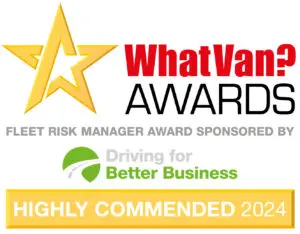
Lawrence Setchell, Head of Transport, joined the company in 2023 to help make Prestige the embodiment of best practice in the utilities sector. Since then, the fleet has grown exponentially – but collisions and cost have been systematically minimised. Lawrence was Highly Commended for these achievements in the Fleet Risk Manager category at the 2024 WhatVan? Awards.
Summary of Achievements
Telematics Events
DOWN 95%
Claims Cost per Vehicle
DOWN 97%
Overall Claims Costs
DOWN 76%
Insurance Loss Ration
DOWN 46%
Demonstrating leadership in driver safety
“We want to exemplify best practice in the utilities sector and that means minimising road, operational and business risk. We must ensure our colleagues, and anyone else affected by our operations have the best opportunity to get home safely every night, without exception.”
Sheldon Cherry, Director, Prestige Pipelaying JV
“Achieving best practice as a department and as a company is what we are striving for, we are always looking to the future of how we can actively reduce incidents and improve road safety. Our number one priority is to run a safe and compliant operation.”
Lawrence Setchell, Head of Transport
More details
Partners

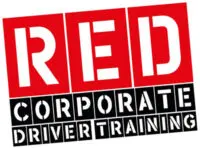

Declaration
“We want to exemplify best practice in the utilities sector and that means minimising road, operational and business risk. We must ensure our colleagues, and anyone else affected by our operations have the best opportunity to get home safely every night, without exception.”
Sheldon Cherry, Director, Prestige Pipelaying JV
“Achieving best practice as a department and as a company is what we are striving for, we are always looking to the future of how we can actively reduce incidents and improve road safety. Our number one priority is to run a safe and compliant operation.”
Lawrence Setchell, Head of Transport
Business benefits
- Close following and harsh braking reduced from 249 events per week to 11
- Claims cost per vehicle reduced from £4,600 in 2022 to £148 in 2024
- Enhanced brand reputation with nominations in multiple awards
- Insurance claims cost lowered from £79,000 to £19,000 in two years
- 65% insurance loss ratio cut to 35% in two years
- 2025 insurance renewal saw 5% increase compared to potential 35%
- Achieved FORS Bronze in December 2023 and FORS Silver in July 2024
Legal compliance
When Lawrence Setchell joined Prestige Pipelaying JV as head of transport at a point of substantial growth for the company. While it had an operating licence, and directors who understand the basics of fleet compliance, there was no one at the company that had the experience or qualification to handle HGV and vans fleets at scale. Lawrence was recruited in 2023 to professionalise, and risk manage the fleet which had grown rapidly from 17 vehicles to 98 between 2021 – 2022. He has since increased the fleet to 158 assets. The company had addressed the most basic compliance levels of driver licence checking and pre-use vehicle checks and had a transport manager in place.
Lawrence started by writing a fresh driving for work policy, and encoding it in a digitally available driver handbook, which drivers can access on their phones, along with a copy of the Highway Code. This is on an app, which ensures they have read the material, and can also send notifications with safety messaging or legal updates.
The drivers also receive toolbox talks every month, with some materials taken from the Driving for Better Business resources, such as the Van Driver Toolkit. Operational line managers have been incorporated into the safety messaging and relay updates to their teams through corporate memos.
Prestige is also instituting stand down days for the entire workforce each year, in which Lawrence shares driver behaviour reports and safety education, including guest speakers.
As with the Driving for Better Business videos Lawrence shares, he feels that having external authorities relay messaging to drivers can have additional impact.
Upskilling
One of his priorities was to ensure that the fleet management team had sufficient resource and expertise, and to capitalise on the skills they already had. Transport manager Paul was not a Transport CPC holder, so at 58 he had embarked on a new course to gain his accreditation. However, he has decades of experience as a Class 1 driver, and is an accomplished driver trainer, so Lawrence has put Paul in charge of driver training and coaching.
He has also recruited a young woman, Kacey, who at 19 will soon be starting her Transport Manager apprenticeship alongside Paul. Lawrence believes firmly that the best teams are diverse and bring in new generations of talent.
Driver behaviour monitoring
The company upgraded its telematics system to Samsara, both to monitor and improve driver behaviour, and as a precursor to identifying vehicles which could be transitioned to electric drivetrains.
In the six months from January 2024 to July 2024, the company reduced its risky driver behaviour events, such as harsh braking and close following from 249 a week to 11.
Forward facing cameras have been rolled out across the fleet to improve claims performance, and to use as a training aid. All vehicles are fitted with reverse cameras and reverse sensors.
Driver training
Paul has put his experience as a driver and driver-trainer to good use in coaching drivers. Lawrence says: “When we call drivers in, it is never from the perspective of telling them off. We are here to ensure their safety. We explain: ‘Our job is to make sure you get home safe each night, and if you drive in this way, eventually you’re going to have an incident that potentially could injure yourself or someone else.’ I think the way in which you deliver it is very important, and Paul is very good at it because he really understands what being a full time HGV driver is like, and the drivers respect that.”
He says the first hurdle is to get all the drivers to see themselves as professional drivers. That despite their core skills in the Utilities infrastructure industry, their greatest risk is when in their vehicle, and the only skill a police officer, court or Transport Commissioner cares about is their skill as a driver. “That was a massive hurdle to overcome,” he says.
Drivers now have an induction period covering policies and procedures, eyesight and health questionnaires, and advanced driver assessors carry out pre-use check training, as well as training and assessments at induction and post-incident.
All drivers have undergone FORS E-Learning modules. Any drivers identified as a speeding risk are coached, and if speeding continues, they attend a speed awareness course with RED Driver Training. (RED also undertakes driving licence checks & grey fleet management.) The company has joined a CPC consortium to bring its CPC training in-house. It provides the same training to its LCV drivers as to its HGV drivers.
At a 2024 stand-down day Lawrence shared anonymised footage of their vehicles close following, and some of the near misses that had occurred. He says using real footage helped to engage the drivers and encourage lively discussion.
“We use the mantra ‘Only a fool breaks the two second rule’, and that sticks with them,” he says. “I’ve been a transport manager a long time and I know all the stats, but it wasn’t until I drove an HGV that I realised just how long they take to stop because of their huge momentum.”
Top-down management
Lawrence has spent his life managing vehicles and plant in the construction sector, and he says a big differentiator, which has allowed him to achieve improvements at Prestige, is that the directors really care about safety in and of itself. “They do not see safety as an abstract thing, but about the wellbeing of people they know by name. They brought me in to achieve their vision of being an exemplar of best practice within our industry. So, when I go to them with a business case for improvements, they accept, and we can do it quickly.”
The directors all took an OLAT – operator licence awareness training – course to ensure they fully understood their legal responsibilities.
The fleet team has bi-weekly meetings with department heads to address any challenges within transport and fleet and a senior management meeting once a month to discuss the direction and strategy for the business, including driving efficiency, behaviour and performance.
EV transition
85% of company cars are now EV, and one of its small vans, but due to the high-power needs of much of the equipment Prestige employees use, electric drivelines are not yet practical for many of its other vehicles. However, driver performance management cuts the company’s fuel bill, and prepares the drivers for the more sensitive handling an EV requires. The company is also trialling rev and speed limiters to help further reduce fuel costs, speeding and environmental impact.
Maintenance
Maintenance is scheduled on the Samsara platform in line with manufacturer recommendations and is booked three months in advance to avoid down time, Brake pads are replaced at every service.
The future
Prestige intends to continue driving down its road risk and continuing to explore technologies and interventions which can make its drivers safer.

